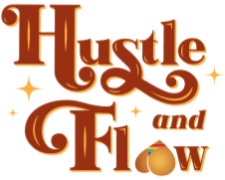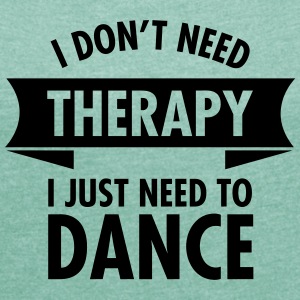Dancing is fundamental to being a human being.
It’s your right, it’s your heritage, you can claim it any time you want!
Grooving around your kitchen in your skivvies, learning formal dances like the tango or waltz, or even if you’re simply raising a hand in a “Single Ladies” wave, shaking your head back and forth or just raising an eyebrow to the beat (a subtle yet sly move my forever crush Bruno Mars would absolutely be showing up for). Dancing is for everyone, no matter what your ability, training, age or mobility. It just feels so good!
You know how sometimes you’ll be waiting on line at the grocery store and you hear a song you actually hate but tap your toe to it anyway? I’ve heard “Despacito” enough times this summer to last me a lifetime, and yet… it comes on and suddenly I’m doing tiny little dance moves under my clothes and hoping the other people in the first aid aisle at Walgreen’s don’t notice. It’s just in us, as humans.
We’re the only animals who respond to music as we do – but the need to rhythmically clench your butt cheeks (come on, you know you do it) while driving and singing along with Drake isn’t the only reaction we have!
The results are in, and science says we’re just as responsive to music on the inside as we are on the outside! It turns out that music, particularly music that we can describe as being “emotional” releases the “feel good” neurotransmitter dopamine in an ancient part of our brain called the striatum.
The striatum responds to pleasurable things – things that would typically have helped our survival in the “olden days” – like food and sex. But what role would music have in our survival?
Well, science has theories about that too.
It turns out that the magic of music might be in the anticipation! In a study published in the journal Science in 2013, researchers theorized that the magic of music might be in our ability to anticipate patterns. As we hear music, dopamine is actually released right before choruses and highly emotional parts of songs.
Since recognizing and anticipating patterns could help our ancestors survive in their wild environment, it makes a lot of sense that our amazing brains developed a system to help us also enjoy pattern recognition, so that we could get better and better at it as time went on. And it might explain why everyone goes so bananas when a dub step dj FINALLY drops the bass. When WILL that bass drop?
When we dance, we are in a constant loop of anticipating the next change in the music, even when it’s very repetitive. A simple drum beat is still a drum beat after all, and dancing is in itself a function of anticipating music and responding with your body – we wouldn’t be able to stay on beat if we weren’t always thinking, subconsciously or not, about our next move.
Could that be why it feels so amazing to dance?
Sure, maybe; but what about the sweet release of endorphins we get from physical activity? Yes! And there’s a social aspect to dancing, especially when we join each other on the floor or on the mat at Hustle and Flow. Look to your right, look to your left, look at your instructor and you can feel the electricity of camaraderie in your whole body. Move in unison with your fellow human beings, and know that you are free to move, free to be whatever you are in a beautiful community of dancers.
But lastly, studies show that dancing reduces blood levels of the stress hormone cortisol. We spend so much time stressed out these days. Life has become so complicated, and financial, social, professional and political stressors are at our backs every moment of the day.
We deserve a break!
Dancing is an amazing gift we can give ourselves when we feel at the end of our ropes, and the latest very scientific research shows that nobody can resist the raw power of Beto shaking his hips in Hustle and Flow’s new Samba class, Mondays at 7pm! Most weeknights at 7pm you’re guaranteed to find a booty shaking dance class to make you forget all of your woes! Check out the class schedule here.

